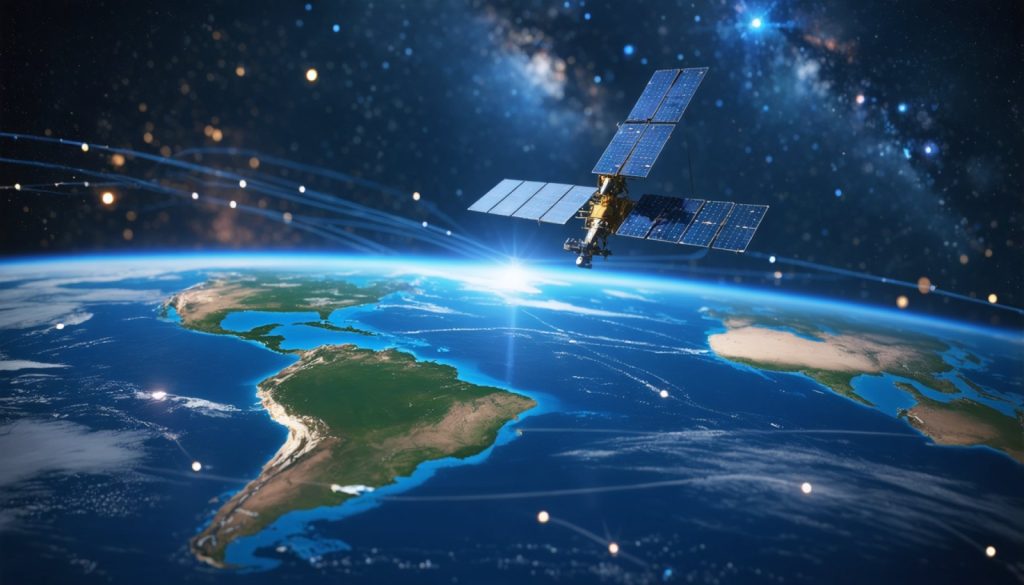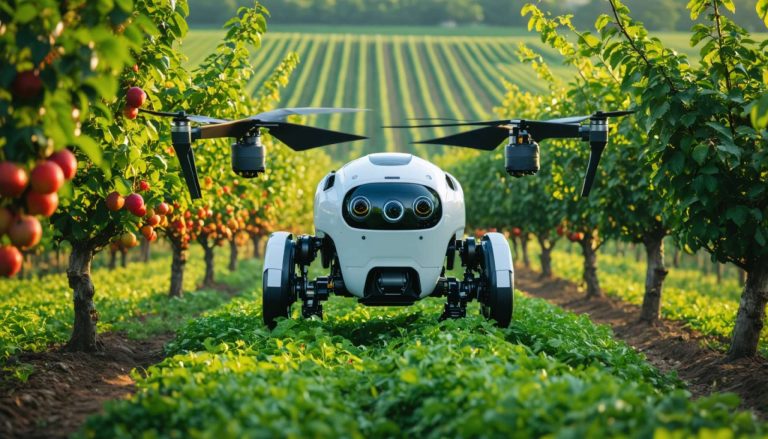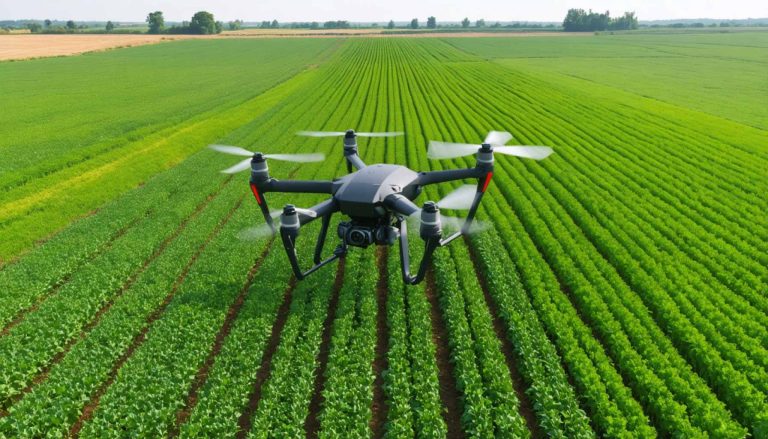
- Satellites are crucial to global connectivity, acting as invisible architects enhancing modern communication.
- From Sputnik to today’s innovations, satellite communications have evolved significantly, bridging global distances.
- Geostationary and low-earth orbit satellites deliver critical data and high-speed internet even to remote areas.
- Satellite-enabled internet transforms isolated regions, providing access to education, healthcare, and economic opportunities.
- Mega-constellations from companies like SpaceX offer enhanced bandwidth and lower latency, reshaping digital access.
- The space debris issue requires innovative solutions to maintain sustainable access to orbital paths.
- Satellite communications are vital for seamless connectivity, enabling everyday digital interactions we often take for granted.
Vast skies stretch across the horizon, speckled with twinkling stars, but unseen amidst their serene backdrop are the industrious movers of global connectivity—satellites. These silent sentinels orbit tirelessly, their ceaseless efforts weaving the tapestry of modern communication that we often take for granted.
With each passing year, satellite communications push further into the frontier of technological innovation. From the humble beginnings of Sputnik, humanity’s first artificial satellite, we entered a new era—a music of signals bouncing tirelessly across the globe, bringing us closer together than ever before.
Today, satellites perform feats once relegated to the realms of science fiction. At an altitude of over 22,000 miles, geostationary satellites maintain a fixed position relative to Earth, beaming critical data and ensuring uninterrupted connectivity across continents. Their low-earth orbit counterparts, hurtling at speeds of up to 17,000 miles per hour, deliver high-speed internet to some of the most remote corners of our planet.
Imagine the transformative impact on a rural village once isolated by vast stretches of untamed landscape. Now, vibrant echoes of connection resonate through satellite-enabled internet, unlocking educational resources, telemedicine, and new economic opportunities. In these villages, satellite communications are not just a technology but a lifeline.
The next horizon lies with the advent of mega-constellations. Companies like SpaceX and OneWeb are deploying thousands of satellites with visionary ambition. These constellations promise to revolutionize the digital landscape, offering unprecedented bandwidth and reduced latency. Soon, browsing the internet in a bustling city or a tranquil forest will be an indistinguishably seamless experience.
Yet, this vast web of celestial communicators presents challenges. The space debris problem looms large, demanding innovative solutions to ensure sustainable access to orbital paths. Engineers and policymakers alike grapple with this issue, forging new paths through careful regulation and cutting-edge technology.
In this age of boundless digital landscapes and instant connectivity, let us remember the invisible threads spun by these marvels of engineering. Our tweets, emails, and video calls—all nebulous traces of data—flow effortlessly across skies teeming with technological prowess invisible to our naked eye.
The takeaway? As you livestream a concert, send an urgent message, or video call a loved one half a world away, pause to appreciate the silent, orbiting architects of our connected world. Satellite communications are more than just tools; they are the invisible architects of a connected future.
Unlocking the Sky: How Satellites Shape Our World
How Satellite Communications Empower the Modern World
Satellite communications are the backbone of global connectivity, enabling various applications that have transformed our daily lives. From GPS navigation systems guiding our travels to live broadcasts of global events, the impact of satellites is vast and profound. Here are some additional insights not fully explored in the original article.
Real-World Use Cases of Satellite Communications
1. Disaster Management: Satellites play a critical role in emergency communication and disaster response by providing real-time data during natural calamities such as earthquakes and hurricanes. They aid in disaster management by ensuring continued communication where terrestrial networks may be compromised.
2. Environmental Monitoring: Satellites monitor climate changes, track deforestation, and measure ocean temperatures. This data is crucial for climate change studies and environmental conservation efforts.
3. Agricultural Efficiency: Farmers leverage satellite data for precision agriculture, improving crop yields through optimized water usage and pest control by using detailed weather and crop health data.
Industry Trends and Market Forecast
The satellite communications sector is poised for significant growth, fueled by advancements in satellite technology and deployment. According to a report by Allied Market Research, the global satellite communication market is expected to reach $99.59 billion by 2030, growing at a compound annual growth rate (CAGR) of 9.2% from 2021 to 2030. Key drivers include increased demand for high-speed internet and advancements in satellite miniaturization.
Challenges and Controversies
1. Space Debris: As the number of satellites increases, so does the risk of collisions leading to space debris. This unregulated growth poses significant risks to both current and future satellite operations.
2. Regulatory Challenges: Achieving global satellite regulation is complex. Different countries have varied policies, and aligning these can be contentious.
Satellite Technology: Features and Specifications
The latest generation of satellites is equipped with advanced features, including:
– Higher Bandwidth: Capable of delivering faster internet speeds.
– Low Latency: Essential for real-time applications like gaming and video conferencing.
– Improved Resiliency: Enhanced protection against space weather and potential cyber threats.
Key Players and Competitive Landscape
Major players in the satellite industry include:
– SpaceX: Through its Starlink project, SpaceX aims to deploy upwards of 12,000 satellites to provide near-global coverage. This ambitious plan represents a significant shift towards satellite internet accessibility.
– OneWeb: Similar to SpaceX, OneWeb is developing a constellation to provide broadband internet services globally.
Actionable Recommendations
– For Businesses: Invest in satellite communication solutions to enhance operational efficiency, especially in remote locations where terrestrial networks are unreliable.
– For Consumers: Consider satellite internet providers if you live in an area with limited cable or DSL options.
– For Policymakers: Prioritize the development of international space regulatory frameworks to manage the burgeoning satellite industry sustainably.
Conclusion
Satellites are pivotal to our connected world, offering both opportunities and challenges in equal measure. By embracing satellite technology and addressing its inherent challenges, societies can harness its full potential while ensuring sustainable growth.
Related Links
For more information on satellite communications and related technologies, visit the NASA website or SpaceX to explore their contributions to space technology and connectivity.



